Geospatial Power! WeRide
In our latest instalment of our #GeospatialPower series, we took WeRide’s autonomous Robobus around Resorts World Sentosa and chatted with Sebastian Yee, Singapore’s director of business development for WeRide. During the 12-minute driverless ride, we talked about how SLA’s network of SiReNT systems powers their fleet of autonomous vehicles in Singapore, how different domains come together to drive the autonomous vehicle industry and what’s in the works for the organisation.
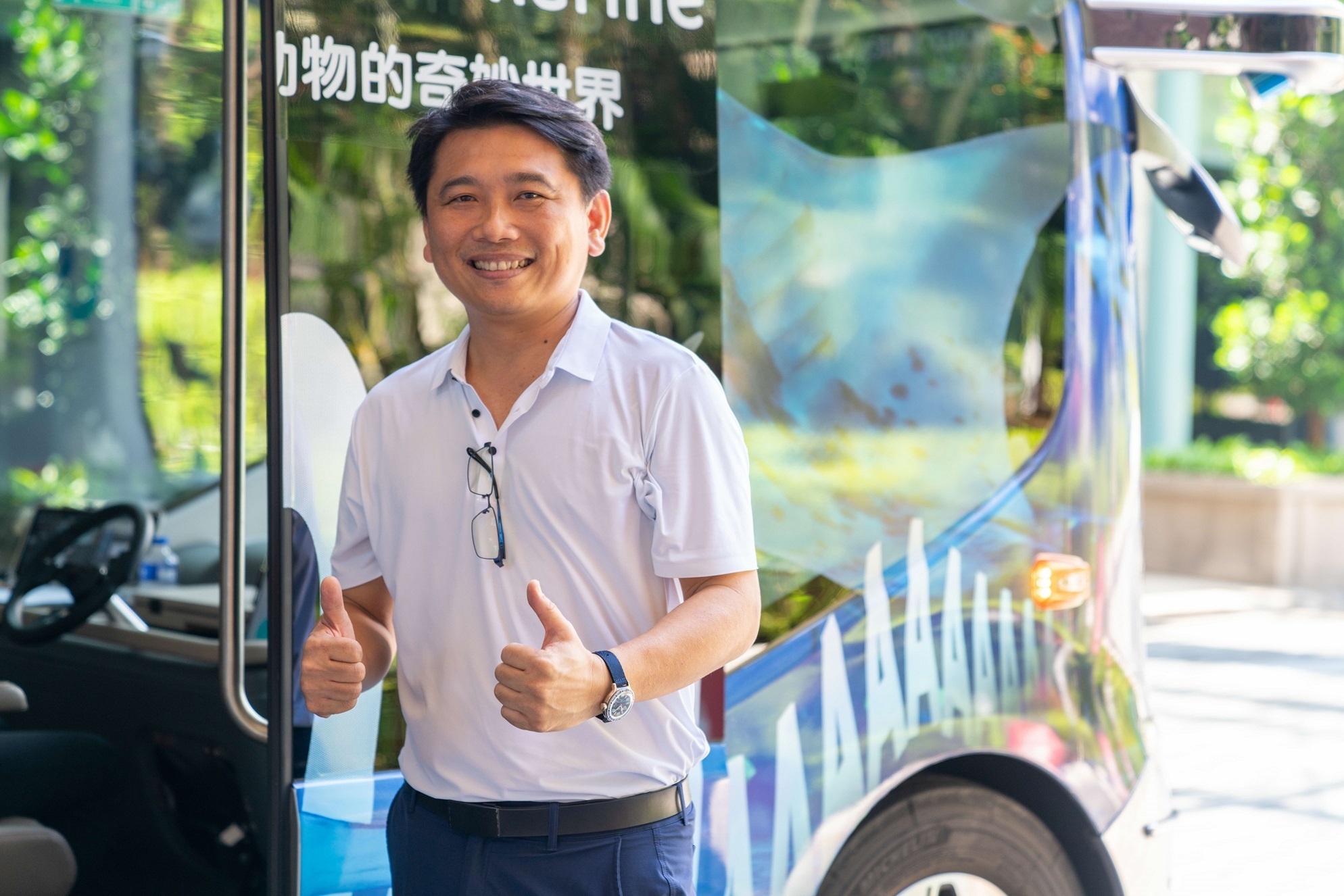
WeRide has a presence in Singapore since 2022. What have you been up to these days?
WeRide established an office in Singapore in 2022. Since then, we’ve been pretty busy!
Last year, WeRide obtained the necessary approvals from the Land Transport Authority (LTA) to conduct tests of our autonomous vehicles (AVs) in trial areas like One North and the National University of Singapore.
We also partnered with Chye Thiam Maintenance, a homegrown environmental and facilities management company, to drive the commercial rollout of WeRide Robosweepers. The first fleet is now undergoing safety tests, with full operations planned by the end of 2024.
A notable milestone was the launch of our autonomous Robobus shuttle service in partnership with Resorts World Sentosa (RWS) and EZ Buzz Pte Ltd in April 2024. This is Singapore's first publicly accessible Robobus route for passenger operations.
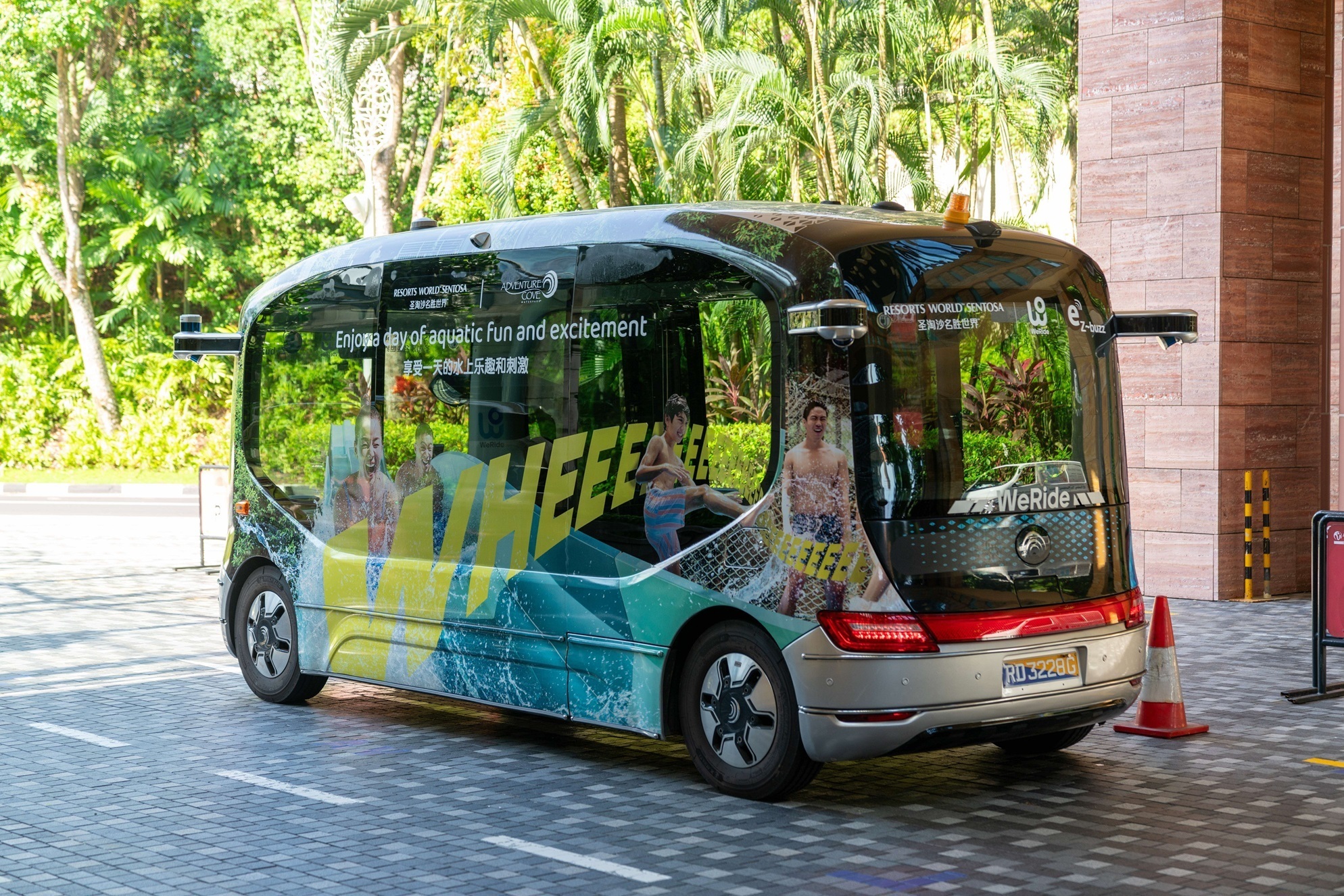
Thanks for having us on the Robobus! For the layman, can you explain how an AV work?
An AV operates through a continuous process of three main steps:
1. Sensing: The AV perceives its surroundings using a combination of sensors, including cameras, LiDAR (Light Detection and Ranging), RADAR (Radio Detection and Ranging), IMU (Inertial Measurement Unit), and GNSS (Global Navigation Satellite System), which is enhanced with SLA’s SiReNT (Singapore Satellite Positioning Reference Network) to enable centimetre level precise positioning with 10 reference stations across the island. These sensors work together to detect obstacles, traffic signals, and road conditions, providing a detailed understanding of the environment.
2. Planning: Based on the sensory results, the AV calculates the best route, avoiding obstacles and following traffic rules.
3. Acting: Finally, the AV executes its plan by controlling its movements—steering, accelerating, or braking—continuously adjusting in real-time.
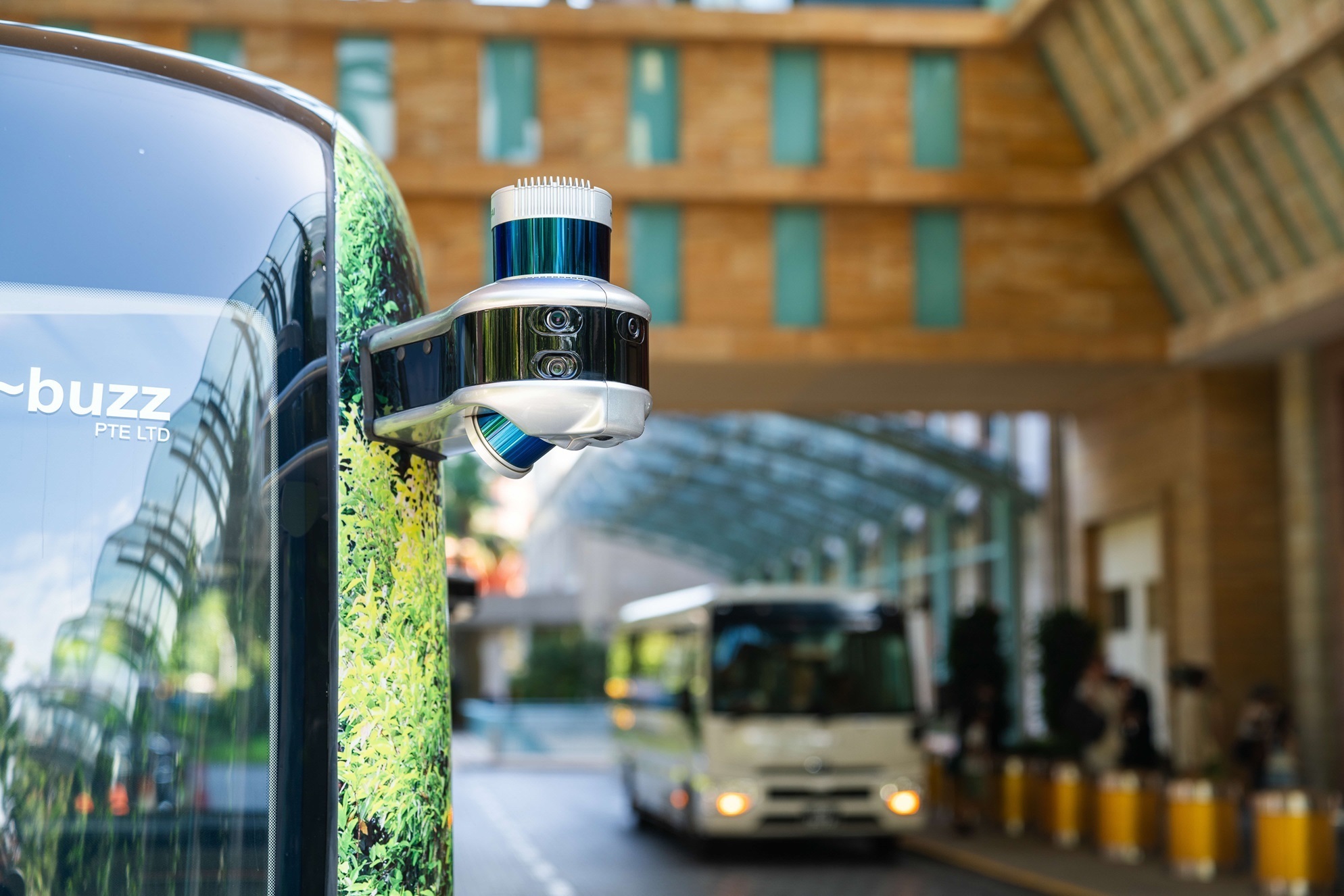
How has SiReNT played a role in your development in Singapore?
We’ve been using SiReNT to support the precision and accuracy of our AVs. SiReNT is crucial because it allows us to navigate Singapore’s urban environment with the high level of precision that autonomous driving requires, ensuring safety and reliability.
You mentioned that developing autonomous vehicles is not just about the technology. What do you mean by that?
It's more than just getting from point A to point B. AV development requires the collaboration of multiple domains - legal, regulatory, commercial, site owners, transport operators, and, of course, the tech side. Each of these areas has its own expertise and challenges, and they need to understand one another to come up with a functional and sustainable solution.
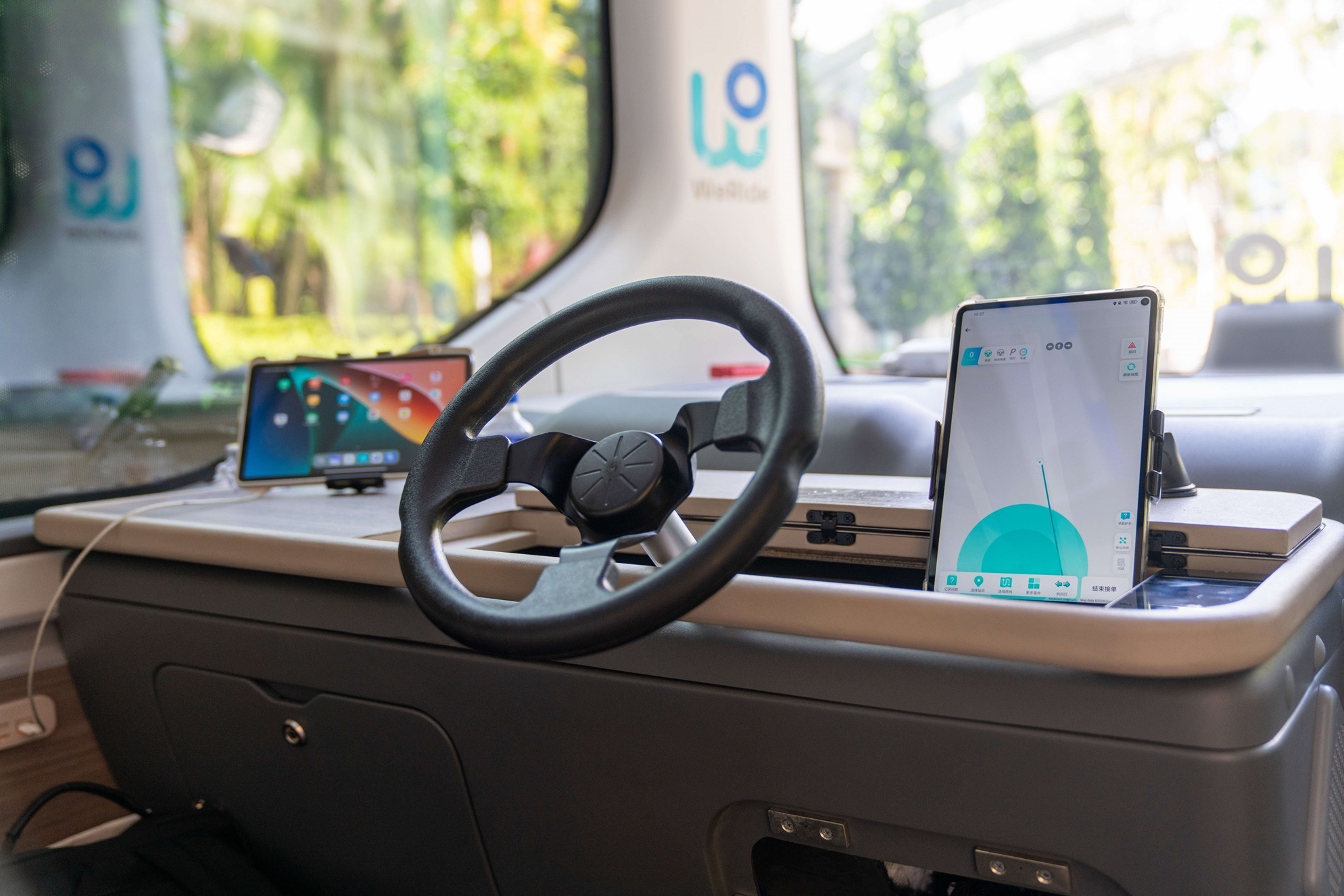
But the focus on AVs has always been on the technology. How do we change that?
Our job is to bring together expertise from each domain so that everyone knows their role and how it fits with the others.
For example, while technology can enable autonomous driving, it might not always make commercial sense right away. We will likely need a middle ground where we maintain the current system while gradually integrating new technology, and at the same time ensuring adherence to regulatory requirements.
It’s a delicate balance. Each aspect has to work in tandem - only then can we create a workable solution that takes all factors into consideration.
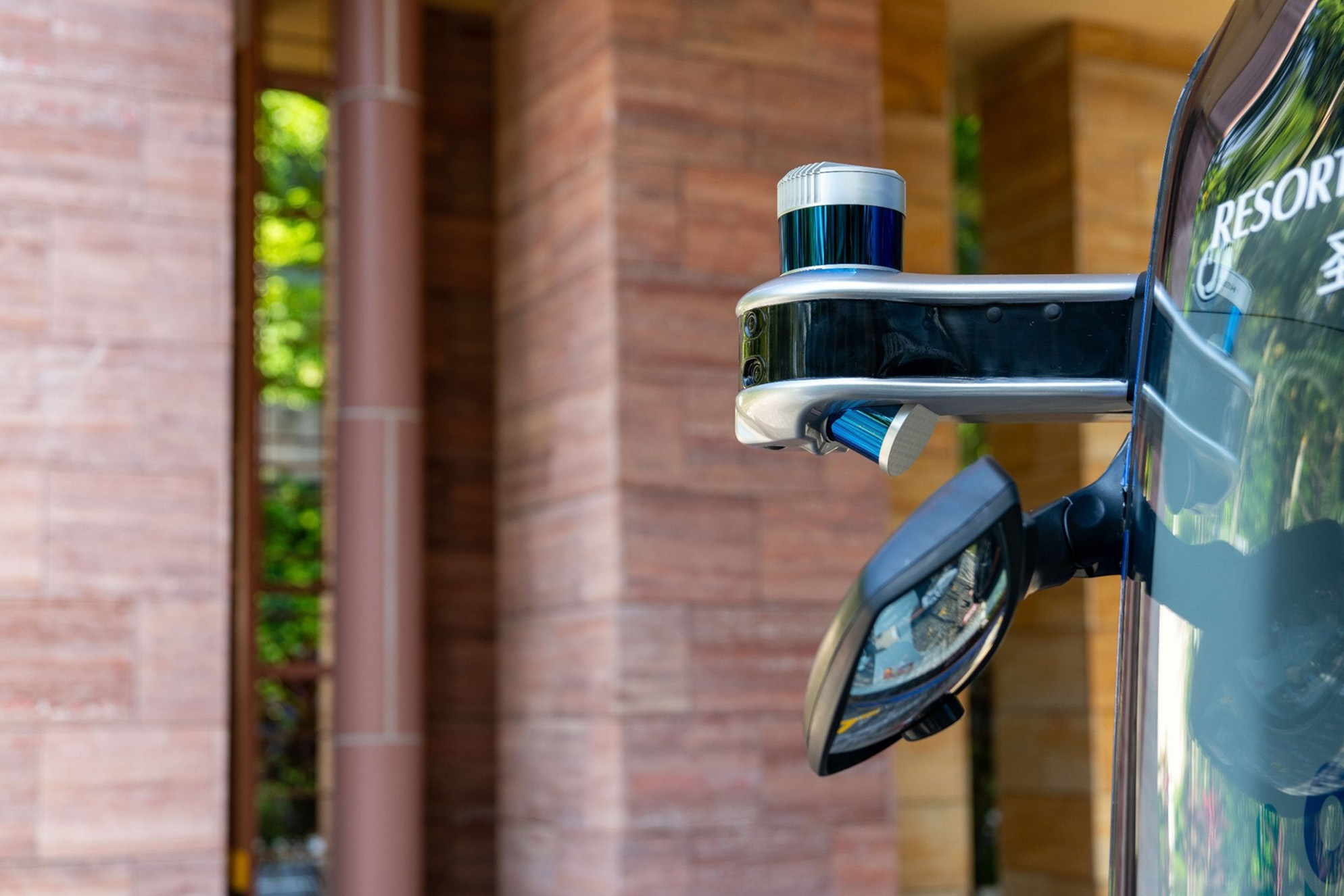
What kind of challenges have you encountered with AVs in Singapore?
One challenge we have faced is with the classification of vehicles. For instance, our vehicles don’t fit neatly into the current categories of cars or buses. There has been back-and-forth on how to classify them because existing rules don’t always account for the unique aspects of AVs. We have also had to modify the buses. Take side mirrors, for example. We mounted them as an additional item on the buses even though this feature is not needed as there is no driver who will require it. The buses only have a safety operator onboard to take control of the vehicle when necessary.
How do you work through these hurdles?
It’s often about collaboration. We work closely with public agencies and multiple stakeholders from different sectors. We also take small, incremental steps. We cannot push too fast without ensuring safety, but at the same time, we need to move quickly enough to keep pace with innovation.
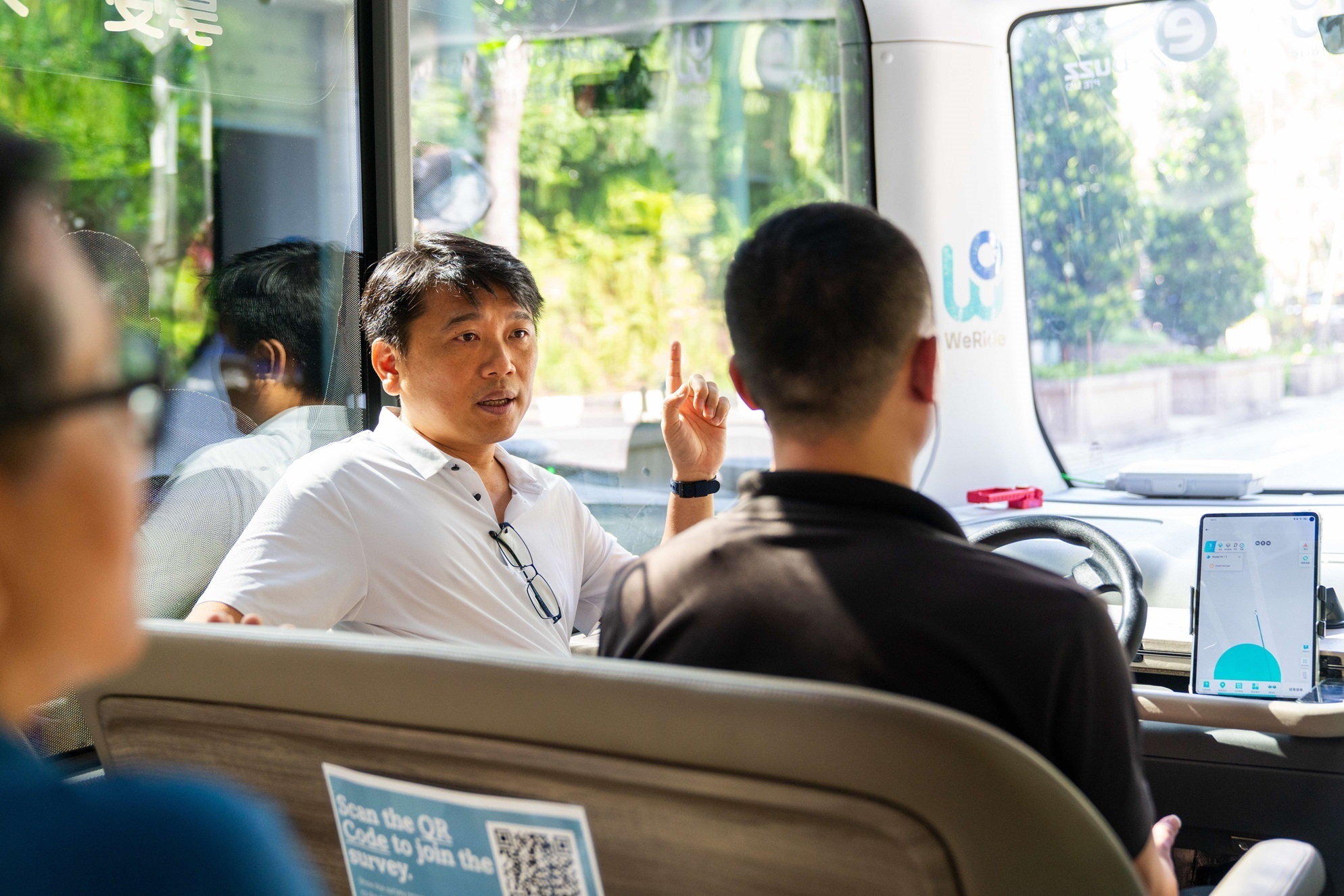
You have some interesting insights on the practical challenges of AVs. Can you share an example?
One example is the ramp for wheelchair access. In earlier versions, we tried an automatic ramp, thinking it would be more convenient. But in reality, it often jams, making it unreliable. Manual systems turned out to be more practical, even though they seem less advanced. It’s these small adjustments that make all the difference in real-world applications.
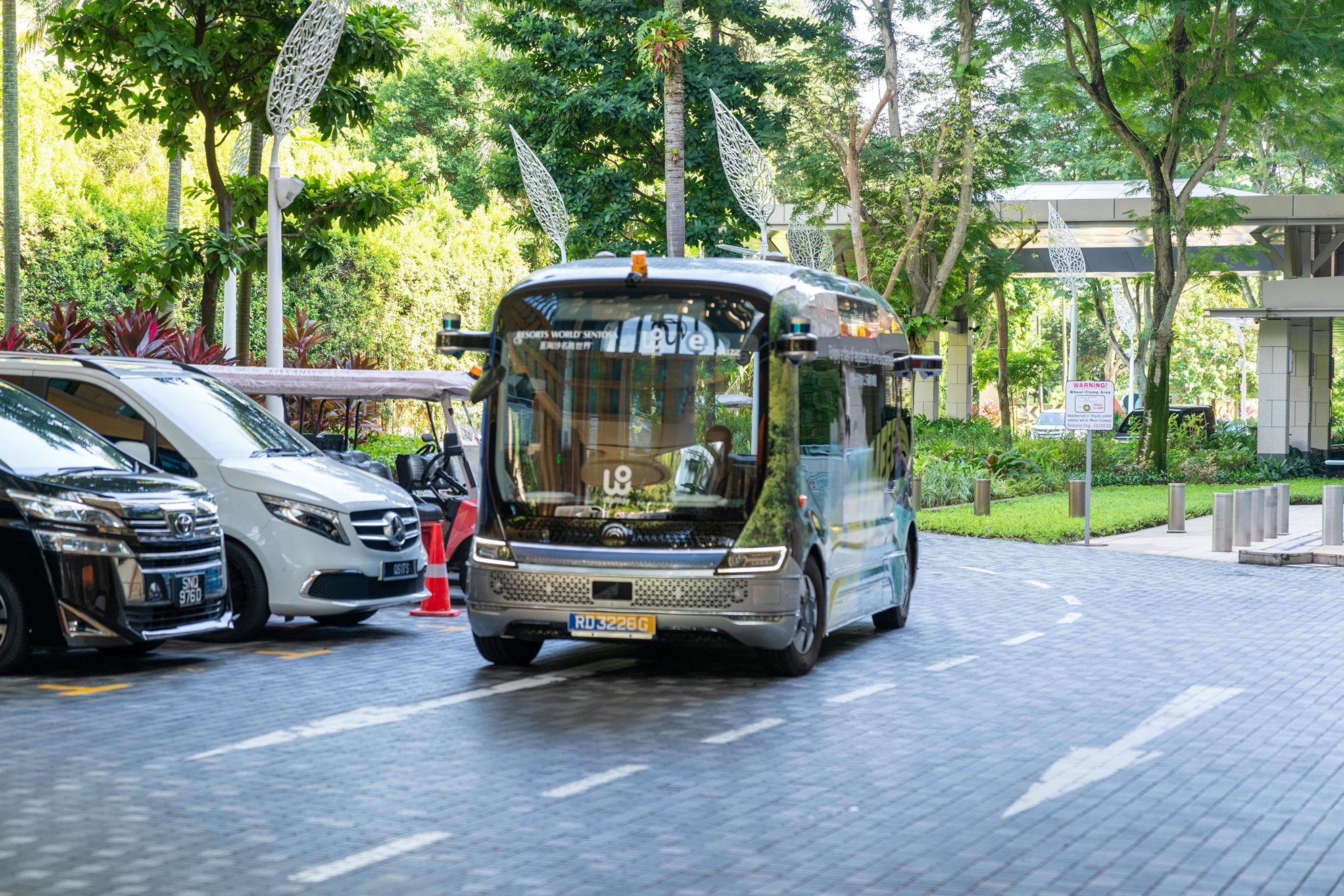
What can we expect next from WeRide in Singapore?
We are continuing to expand our operations and further collaborate with local stakeholders. SiReNT will remain an important part of our plans, and we are looking to increase our number of subscriptions. It’s great that there is a new bulk subscription package that will be available from 1 October 2024 – it’s more convenient for users like WeRide who need to bulk deploy SiReNT accounts.
We are also always looking to improve the efficiency and safety of our vehicles. The goal is to build solutions that work not just in the lab, but on the streets—where they really matter.
Any final thoughts on the future of autonomous driving in Singapore?
The future is bright, but we have to get there step by step. The collaboration between different domains is key, and while there are challenges, I believe Singapore is well-positioned to lead in this space in this region. It’s an exciting time, and we’re just getting started!
Since April this year, the Robobus runs for 3 hours daily from 11am to 2pm around Resorts World Sentosa. The route spans 1.2km with four stops, providing added convenience for guests and tourists. Hop on for a unique experience!
SLA’s #GeospatialPower series highlights individuals and companies utilising SLA’s #geospatial data, technology, and infrastructure to create innovative solutions for a smarter, safer, and more sustainable Singapore.
